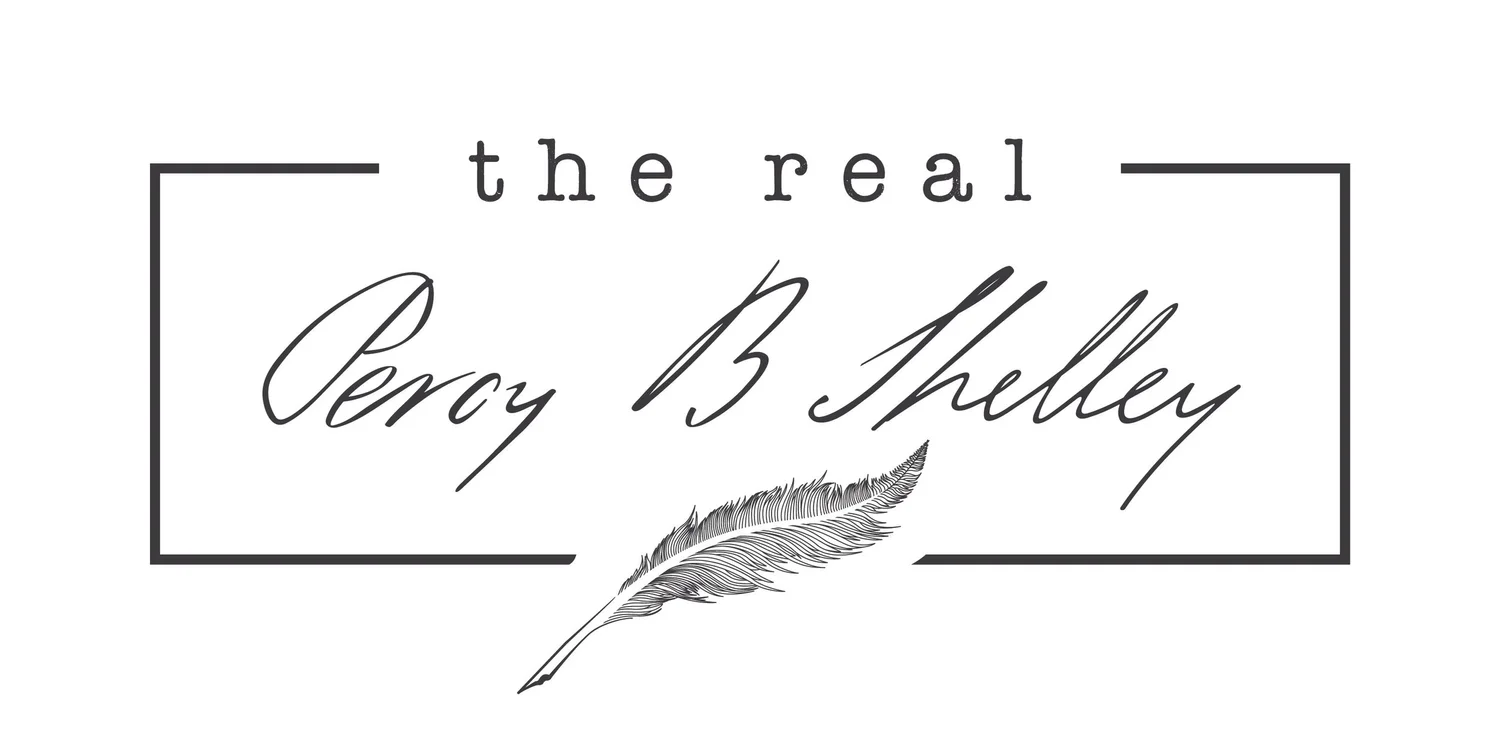P.B. Shelley, "Ozymandias" (1817)
Unknown Sculptor, Younger Memnon (c. 1270 BCE)
I met a traveller from an antique land
Who said: Two vast and trunkless legs of stone
Stand in the desert... near them, on the sand,
Half sunk, a shattered visage lies, whose frown,
And wrinkled lip, and sneer of cold command,
Tell that its sculptor well those passions read
Which yet survive, stamped on these lifeless things,
The hand that mocked them and the heart that fed:
And on the pedestal these words appear:
'My name is Ozymandias, king of kings:
Look on my works, ye Mighty, and despair!'
Nothing beside remains. Round the decay
Of that colossal wreck, boundless and bare,
The lone and level sands stretch far away.
Jon Kerr's comment:
The product of a friendly writing competition between Shelley and his friend Horace Smith, the sonnet “Ozymandias” presents us with a striking image: a hulking, shattered, and half-buried statue of Ozymandias, better known as Ramses II, the famed Egyptian pharaoh. The once mighty king speaks to us through the monument’s inscription: “‘My name is Ozymandias, king of kings.” Surely with “Ozymandias,” Shelley had in mind the great kings of his own historical moment who arrogantly believed, like Ozymandias, that their power was absolute, perhaps even divinely inspired. According to Ozymandias, his power should make even the mightiest of human beings feel small, but in Shelley’s poem, it is the power of time, and not of kings, which prevails. But what kind of power is this? Is time an improving force, bringing down arrogant tyrants like Ramses? Or does time simply destroy everything, both good and bad? It’s worth thinking about the fact that the “Ozymandias” of the poem is not only a king, but a work of art, a beautiful piece of sculpture. Shelley is concerned here with the glorious fall of bad rulers, but is he also using this poem to reflect on his anxiety that time “buries” the artists (like himself) along with the tyrants?
Jon Kerr is a recently graduated from the University of Toironto with his PhD in English literature with a specialization in the Romantics. He is currently at Mount Alison University in New Brunswick, Canada on a post doc fellowship.

